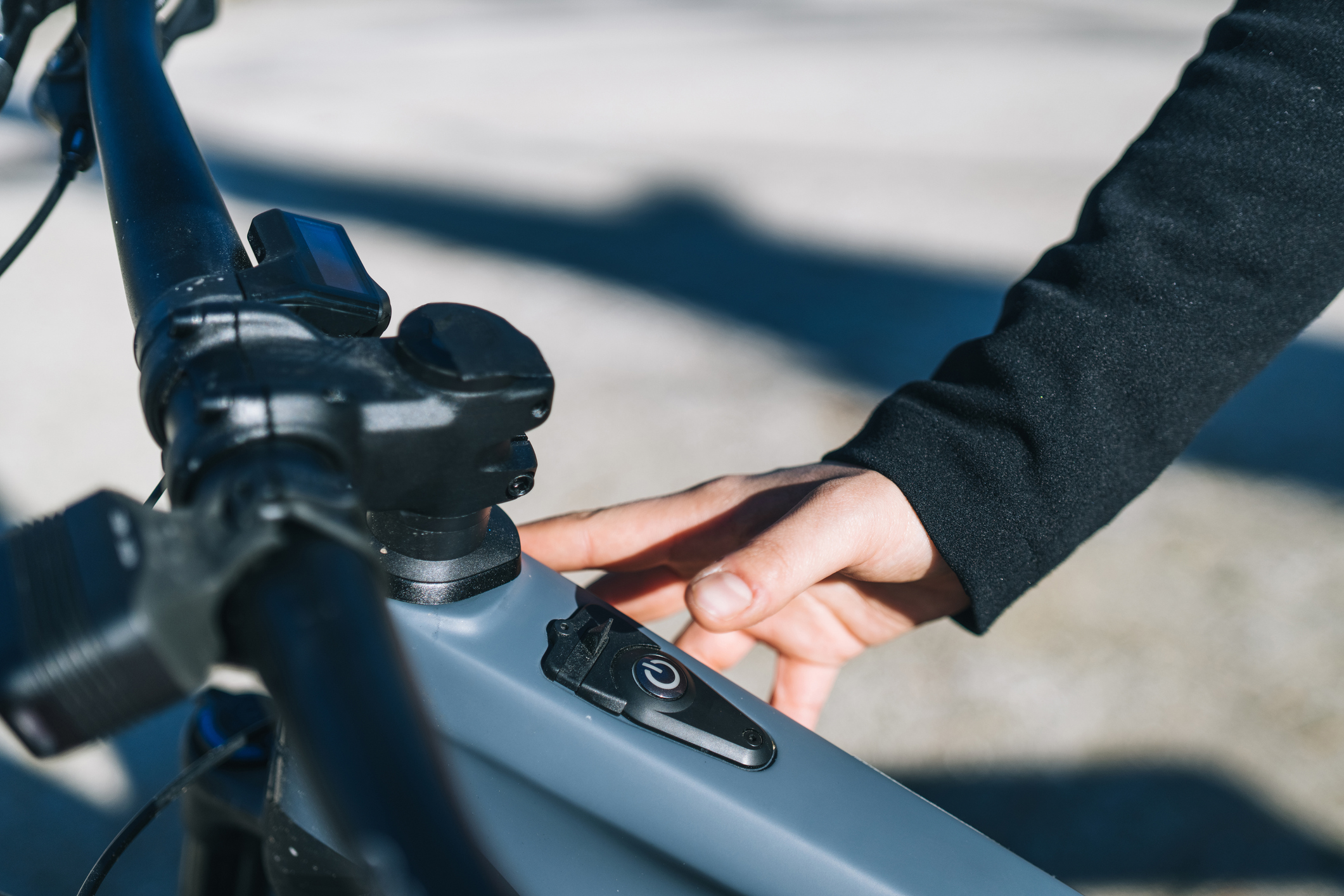About electric bikes
An electric bike has an electric motor and rechargeable battery that helps make cycling easier.
Using an electric bike is very similar to using a standard bicycle whilst using a non-standard electric cycle may take some getting used to or dedicated training. The same road rules apply; however, in the UK, the legal age limit for using an electric bike is 14.
How do electric bikes work?
An electric bike's motor kicks in when the pedals are in motion. The motor assists the cyclist until the ebike reaches the legal limit of 15.5mph. You can cycle faster without support from the motor.
The electric bike's settings allow you to choose how much support you want with cycling. A low mode is particularly suitable for cycling on flat roads. Higher modes add more electric assistance, meaning less effort is needed to pedal, perfect for hills and steep climbs.
Electric bikes have a removable battery, charged by plugging into a regular plug socket at your home or destination. Depending on the capacity, a battery typically takes around 3-10 hours to charge. Following the manufacturer’s instructions when charging your ebike battery is essential. Remember to unplug your charger when it’s finished.
The Scottish Fire & Rescue Service also has helpful guidance on fire safety related to electric bikes.
How far can I cycle before recharging?
The average range of an electric bike is typically between 25-100 miles on a single charge. However, an ebike's range depends on the model and how much power assistance you use.
A fully charged ebike will likely have more than enough range for most journeys, especially given that 64 per cent of all journeys in Scotland are under 5km!
Multiple factors affect how long the battery will last before needing to recharge. These include the riding style, terrain, weight being carried, and the use and level of motor assistance.
If you run out of battery, the cycle will still function as a standard bicycle or non-electric cycle. Generally, ebikes and electric cycles are heavier than standard bikes and cycles, although more lightweight models are available.



